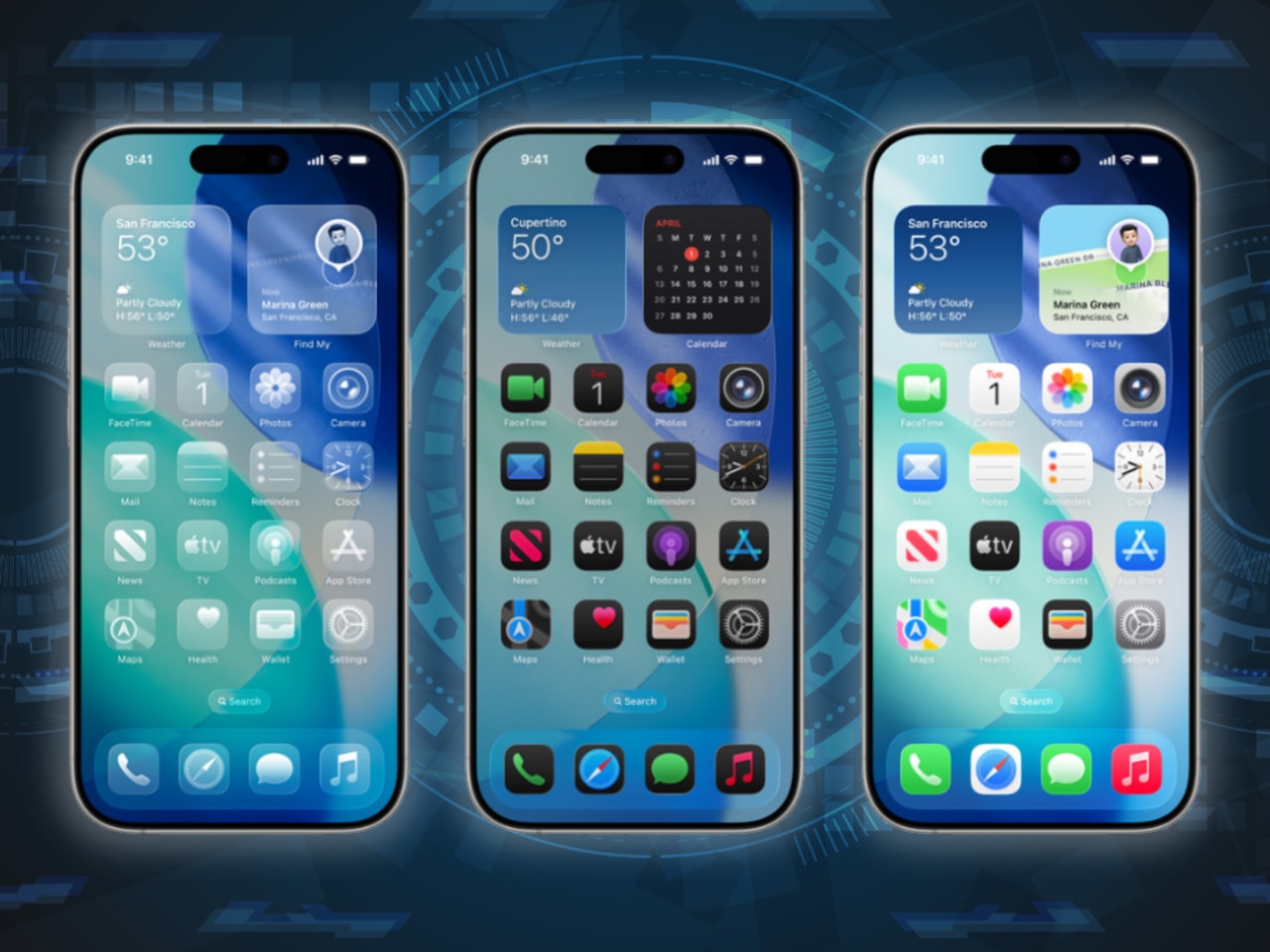Juicero, 3D TV, AirPods: Our best and worst pieces of tech from the 2010s
A decade can be a very long time in technology, and while we witnessed many bright ideas turn to losers, there can be only one winner.

The 2010s were a big decade for technology, and it’s hard to tell if there were more hits or misses.
Smartphones reached ubiquity as the amount of personal data they produce and collect draws concern.
The rise of streaming services revolutionised the distribution of music and television, while TV manufacturers scraped the bottom of the barrel in a search for new ways to get people excited about their products.
Scepticism towards big tech companies like Google and Amazon heightened as they grew ever larger, while scrappy disrupters amassed billions in venture capital and kickstarter funding before revealing the true magic of their products was to make profits disappear.
Ultimately, there can be only one winner, and while this list is neither exhaustive nor scientific, the award has to go to one particularly poorly thought-out product.
THE WORST TECH OF THE DECADE
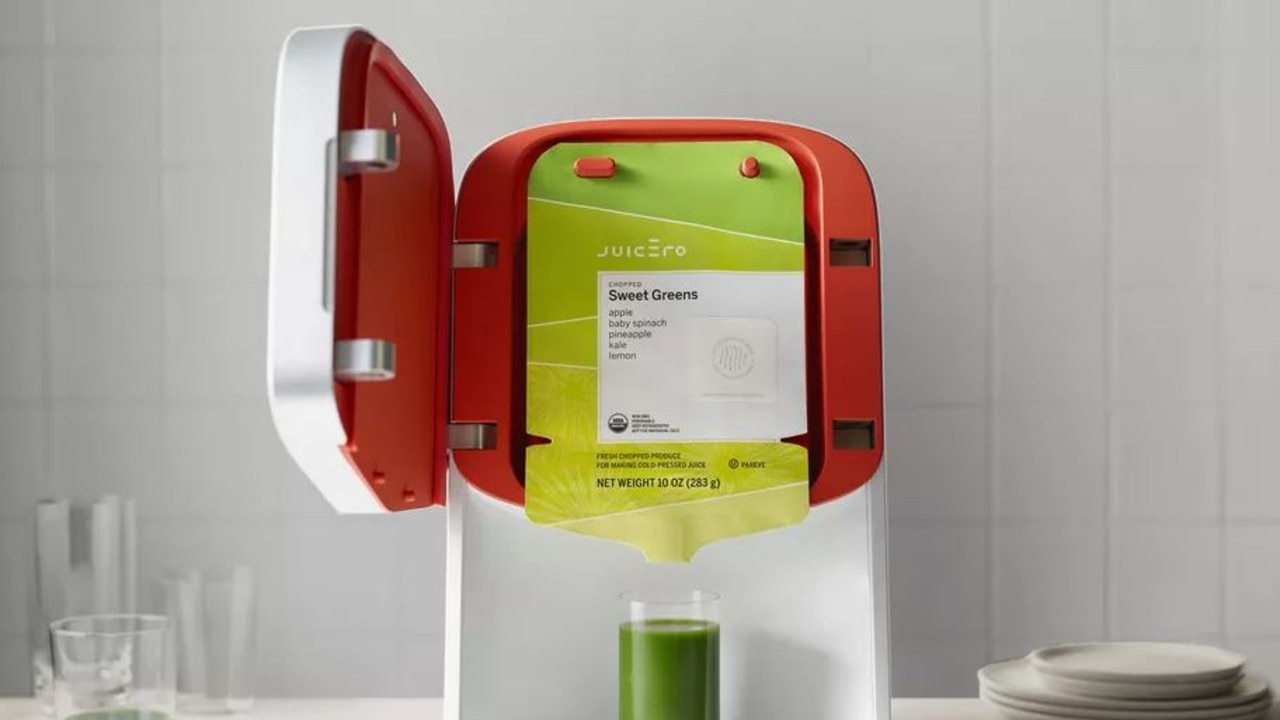
THE JUICERO PRESS
Probably the biggest achievement of Juicero is how it managed to pull off, in a mere four years, the rare feat of producing an undoubtedly awful product while simultaneously representing the tech industry’s biggest collective delusions (which we’ll tick off as we go).
The company sprang into existence in 2013. By the end of the next year it had attracted $US120 million in venture capital funding from several backers including Google’s parent company Alphabet, which of course meant it was a certified Disruptive Tech Startup Of The Future (tick).
What these investors, and the poor saps who actually bought one of the company’s juicers, got for their money was an overly complicated and deliberately underperforming product that was ultimately entirely unnecessary despite attempts to make it vital (tick).
The $US699 Juicero Press juicer was designed by Swiss designer Yves Béhar (tick), who also designed the Jawbone brand of Bluetooth speakers and fitness trackers and the Ouya gaming console, both also now defunct.
The Press relied on its “juice packs”, fruits and vegetables in a bag that were inserted into the juicer for pressing, similar to a Nespresso pod coffee machine (tick). Fortunately, Juicero would never achieve the same level of success that is marked by those proprietary espresso pods piling up in landfill.
Juicero’s juice packs sold for around $US5 to $US8 (roughly what you’d pay for a drink from one of the more Instagrammable juice bars) and were to be placed in the press juicer, which would then squeeze them into a glass in about two minutes.
The problem with Juicero’s juice packs is they didn’t actually require the use of a Juicero Press to squeeze (tick).
Despite company founder Doug Evans (who aspired to be the Steve Jobs of juicing: big tick) claiming the Juicero Press exerted four tonnes of force, Bloomberg News reported you could make yourself a juice by crushing the bag with your bare hands.
This rendered the Press, which also ended up being larger than initially pitched (tick), even more unnecessary.
Of course it remained a necessity for those who wanted to make sure they didn’t accidentally drink any expired packs because the juicer’s Wi-Fi connection and QR code reader would scan each pack before juicing (tick) to ensure it wasn’t out of date.
This tech no doubt saved all of those Juicero customers who were incapable of reading the expiry dates printed on the outside of the juice packs.
Ultimately, it all became too much for Juicero, and in September 2017, the company announced it would be shutting down, thus ending one of the more bizarre company journeys of the decade. But while the company and its overpriced, overly complicated, underdelivering and, ultimately, unnecessary juicer may be gone, the memories hilariously live on.
HONOURABLE MENTIONS
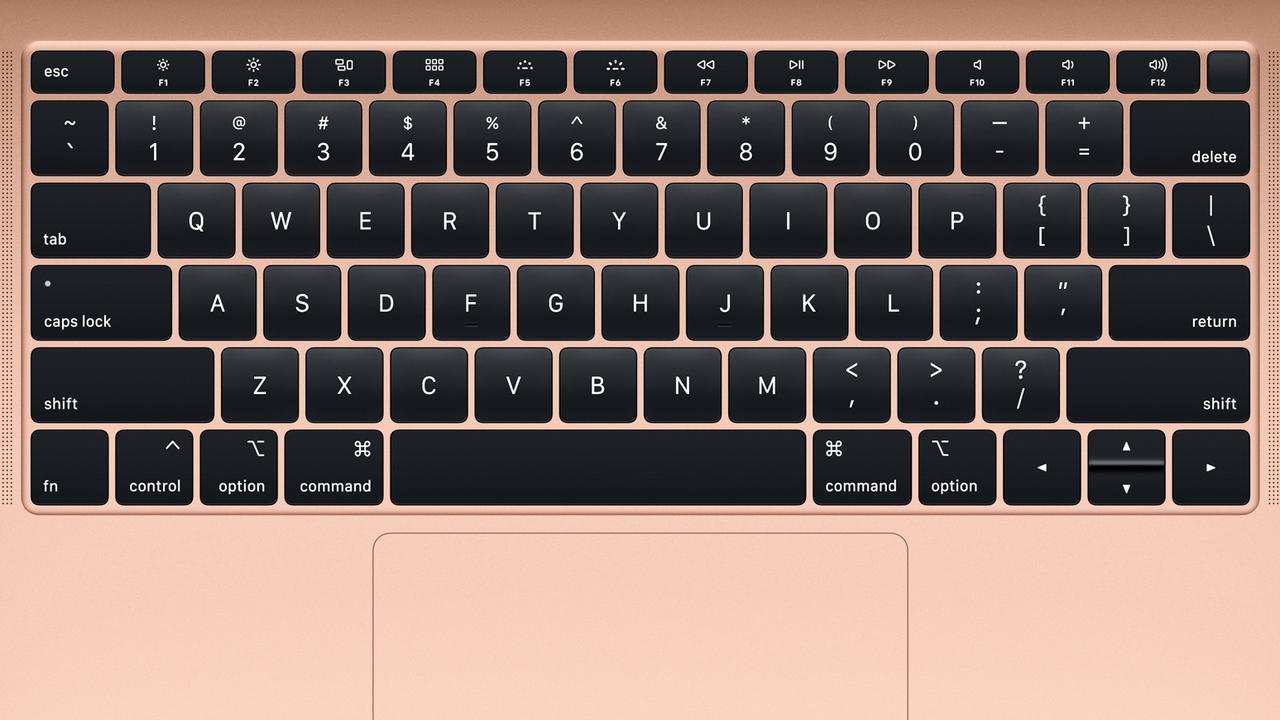
APPLE’S BUTTERFLY KEYBOARD
In 2015, Apple revived the MacBook name, which had been missing sans-suffix since 2012 as the MacBook Air became the new entry-level Apple laptop.
On its return, it didn’t seek to retake the mantle, coming in considerably more expensive and arguably less powerful than the MacBook Air of the day.
It did come with a higher resolution display, more RAM, more storage, and a redesigned keyboard that ended up being its defining, awful feature, particularly when it was later put into other more popular models.
The Apple Butterfly keyboard, like more than a few of the company’s most controversial decisions, appears to have come as a result of then design chief Jony Ive’s rumoured obsession with making devices as thin and light as possible, even if it came at the expense of performance or usability.
This obsession could also be partially to blame for the decision to ditch the headphone jack from the iPhone 7 onwards (waterproofing another, but more on this below) as well as the poor battery performance on phones over the years.
One need look no further than this year’s iPhone 11 Pro models, which boast massive improvements in battery life while being some of the thickest phones to ever run iOS.
The Butterfly keyboard had a barely noticeable key travel thanks to its spread-out mechanism (which mimicked a butterfly’s wings, rather than the X-shaped “scissor” mechanism of past, and now future, keyboards).
Whether this was preferable to type on is a matter of personal taste.
Less subjective is the keyboard’s main fatal flaw: something as simple as a speck of dust could render your spenno new laptop unusable.
Keys would become sticky or unresponsive, repeating characters at random and making typing frustratingly difficult.
The new design was also much more difficult to repair, in fact borderline impossible (again, more on this below).
Of course it wasn’t entirely impossible, Apple ended up offering to do it for free after prolonged complaints.
Earlier this year, Apple introduced the 16-inch MacBook Pro, featuring a “redesigned” keyboard that was essentially the old keyboard that worked.
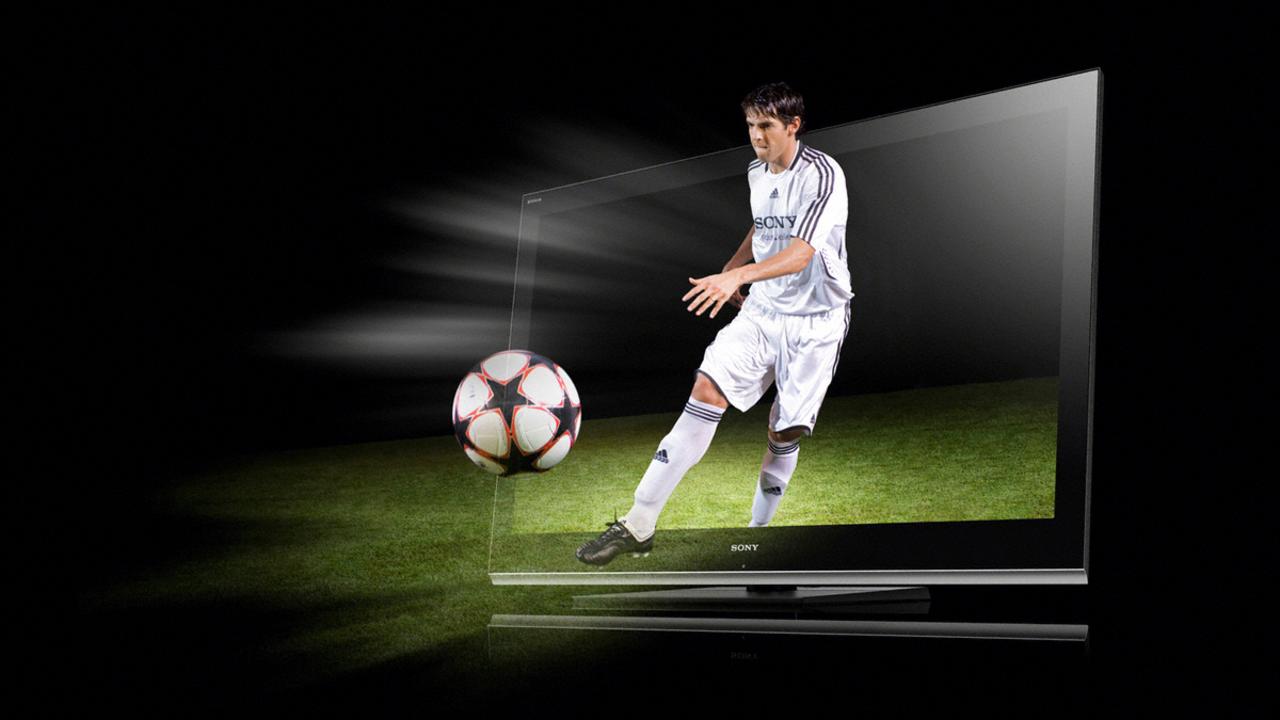
3D TV
Remember being forced to see whichever tired, flavourless addition to the Marvel Cinematic Universe was dominating theatres at the time in 3D?
Maybe you remember the fervour surrounding the third Spy Kids effort at the start of the last decade that amounted to … a couple of scenes where a fist comes towards the audience? Maybe it was Jaws 3-D in the ’80s, or even Alfred Hitchcock’s Dial M For Murder in the ’50s.
Regardless of your age, there’s likely been a time where you’ve sat in a movie theatre wearing stupid little glasses trying to decide if the rapidly mounting headache was worth the price of the ticket.
For some reason, television manufacturers thought this annoyance would be something consumers would flock to bring into their homes.
Within about three years the trend had revealed itself to be a fad, and aside from a few niche models, television makers have largely abandoned the format. Thankfully, movie theatres have mostly followed suit as well.
But let’s not spend all day being negative.
THE BEST TECH OF THE DECADE

APPLE AIRPODS
This has the potential to be an incredibly controversial pick.
Ideally, the title of Best Tech of the Decade would go to an ingeniously designed solution to all of our major global problems. In lieu of some sort of machine that uses renewable energy to absorb greenhouse gases and converts them into nutritionally complete meals for the world’s ever-growing population, we’re going to give the title to a consumable headphone that costs about five times as much as the product it replaced, lasts for around a maximum of three years and can’t be repaired.
You’ll likely remember when the AirPods were announced alongside the headphone jack-less iPhone 7, they were widely clowned online. The design was weird. The cost prohibitive. The AirPods looked doomed to become a commercial failure.
Instead the product became a massive contributor to Apple’s bottom line, selling more than any other wireless headphone. Arriving around the same time Bluetooth finally got good, the little white buds and their protruding stems slowly gained devotees until suddenly they were everywhere.
Objectively, the product still seems entirely unnecessary, overly complex, and cruelly easy to lose. But the reality of actually using a pair is very different, and many of the problems people predicted didn’t come to fruition.
Granted, before AirPods you never had to worry about your headphones running out of battery, the included charging case means you rarely do anyway, and it’s absolutely worth it for the freedom from the tyranny of tangly wires that kept you tethered to your phone.
Like many Apple products, it’s designed to work best with the rest of the company’s “ecosystem”, and while it also works with practically any other device that can send audio over Bluetooth, its unique capabilities with Apple’s products adds typically intuitive features that help the AirPods and its recently introduced Pro model ascend to the highly sought after tech-magic tier, while also reaching the status of fashion accessory and status symbol.
AirPods aren’t necessarily the most groundbreaking thing ever invented.
We’re yet to hear any believable stories about the AirPods saving lives (unlike the seemingly endless cycle of “can you believe this Apple Watch did one of its advertised features and warned someone of a potential heart issue they should see a doctor about?”).
AirPods and their ilk of expiring and irreparable true wireless buds might not age well, but for now they offer an escape and a distraction from the world around us, and in times like these that can be enough.
HONOURABLE MENTIONS

RASPBERRY PI
A credit-card sized computing board that costs about as much as dinner for two, but it didn’t come from a tech giant.
The Raspberry Pi Foundation is a UK charity aimed at providing low-cost computers to teach children and adults alike the basics of computer science as well as provide a starting point for a variety of DIY projects.
Almost 20 million Raspberry Pis have been sold since they were originally introduced in 2012, and enthusiasts have used them to build everything from home media servers to weather stations. By far their greatest trait though is their low cost, making them more accessible for schools and education providers.
This provides a cheaper and easier way for children to begin learning about computers, potentially putting them on a path to impactful careers in an industry also in need of socio-economic diversity.
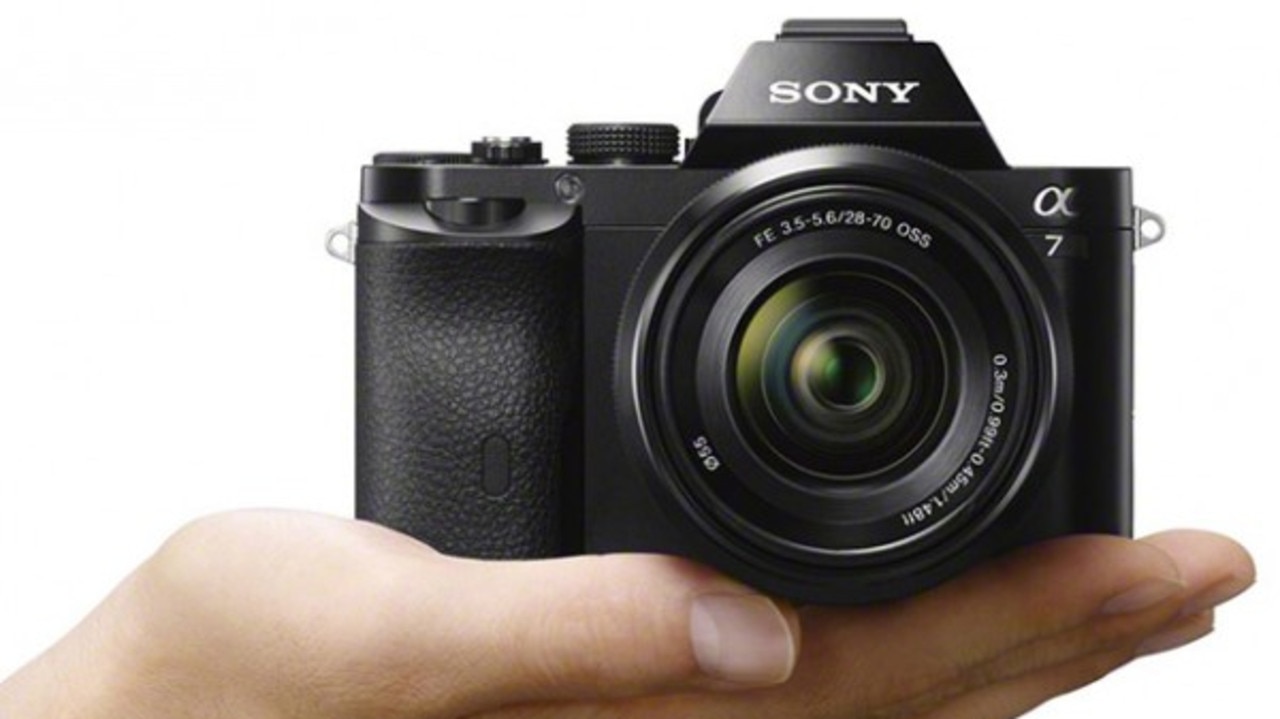
SONY A7
The 2020s might be the year we truly see the consumer grade camera disappear thanks to massive advances in computational photography that allows your smartphone to take better pictures, but early in the 2010s Sony made a compelling argument for it to stick around. When the company released the A7 line in 2013, it brought a level of photographic supremacy that its competitors are only now starting to catch up to.
Sony (which now makes a tidy sum from supplying camera sensors to smartphone makers, even as its own smartphones flounder in the market) managed to cram a full-frame sensor (that is, one the same size as ye olde 35mm film) into a compact, mirrorless body.
While Leica had accomplished a similar feat a few years earlier with the M9 rangefinder, Sony managed to do it at a price that lets you retain the use of both limbs to operate the camera.
What gets your vote for the best (or worst) technology of the decade? Let us know in the comments below.



